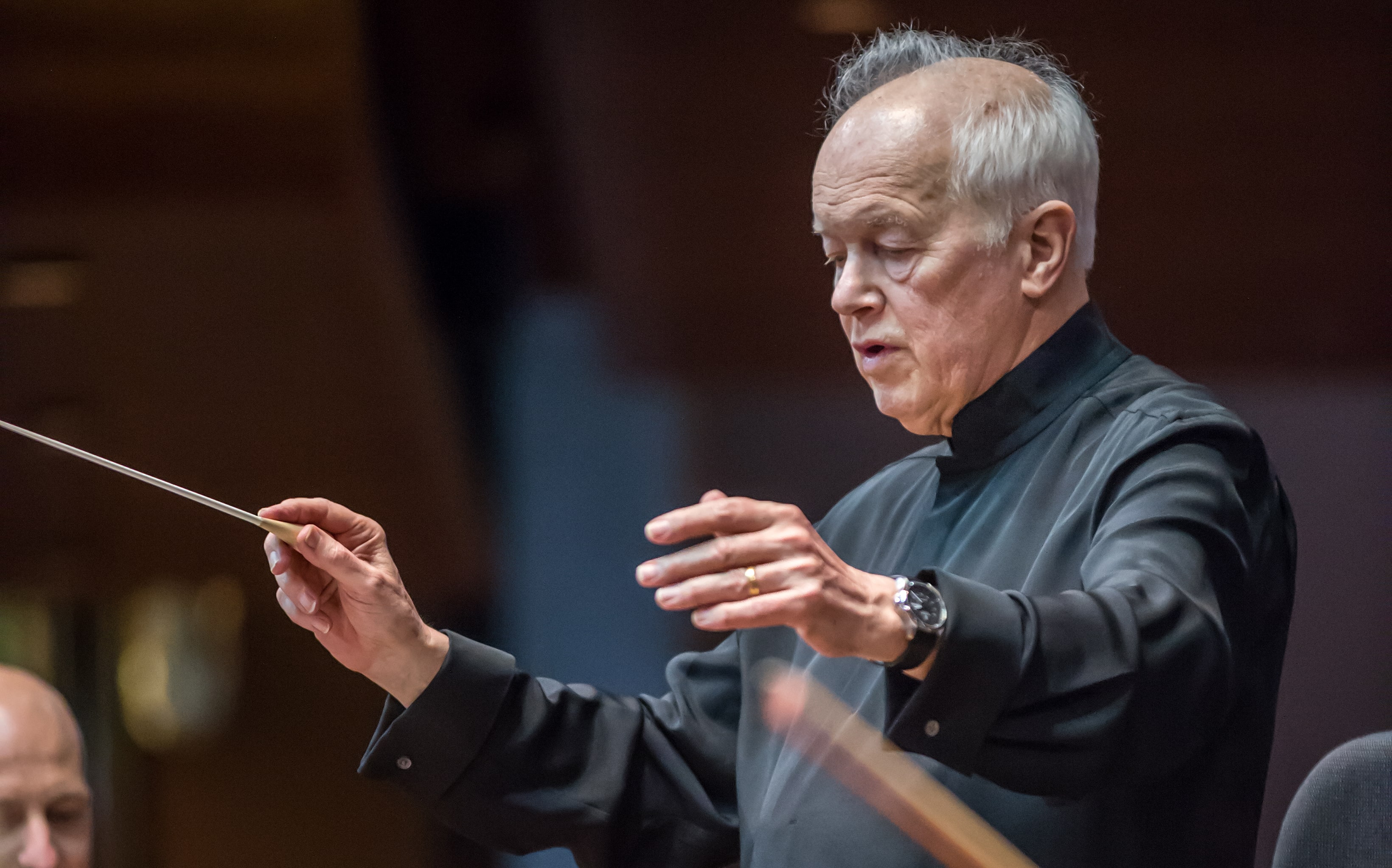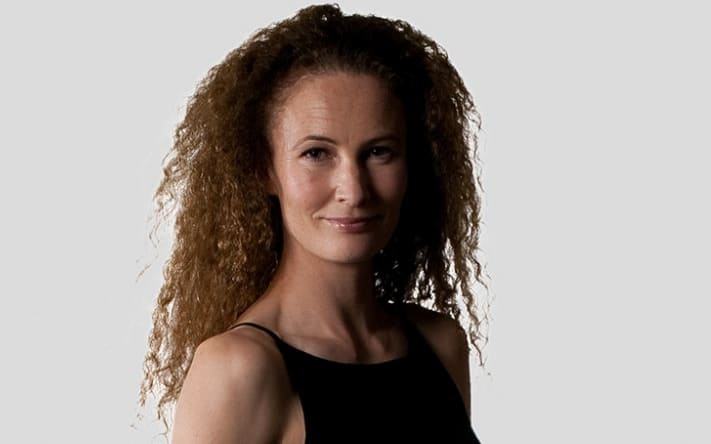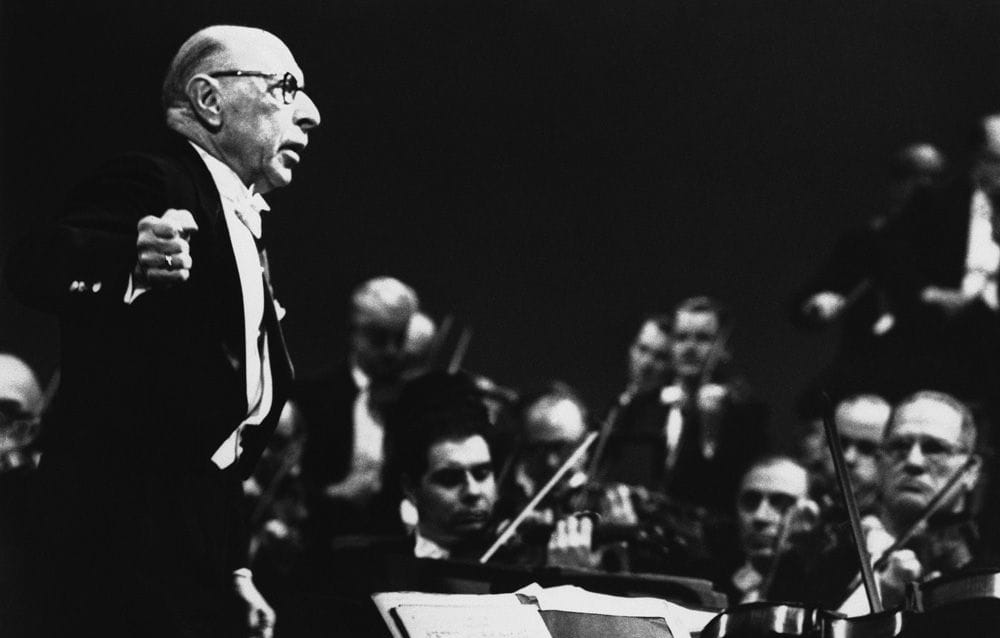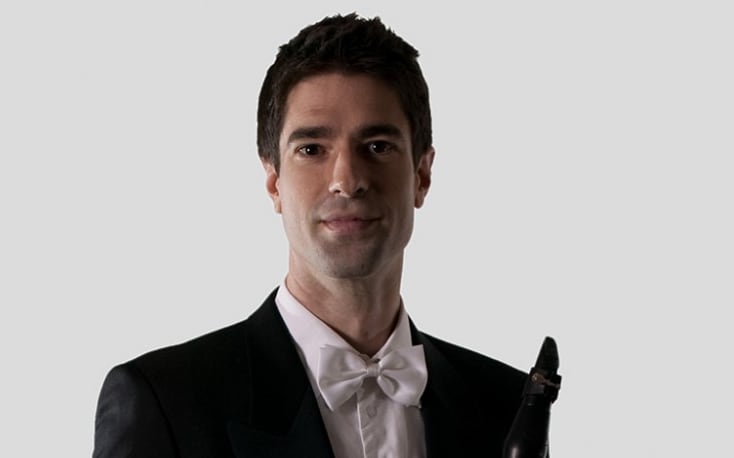Edo de Waart led the New Zealand Symphony Orchestra performing Rachmaninov’s Second Symphony and Stravinsky’s Symphonies of Wind Instruments (1947 Revised Version) and Symphony in Three Movements.
Elizabeth Kerr was there.

Edo de Waart leads the New Zealand Symphony Orchestra. Photo: Stephen A'Court Photography
This programme opened with Stravinsky’s Symphonies of Wind Instruments, dedicated to Debussy, the centenary of whose death is marked this year.
Stravinsky wrote it seven years after the Rite of Spring, and there’s a strong relationship to the Rite in the melodies, rhythms and metrical changes.
The performance had crystalline clarity, assisted by the Michael Fowler Centre acoustics and a reading by de Waart of dramatic precision.
It demonstrated the NZSO’s superb musicians; noteworthy was the outstanding playing of principal flute Bridget Douglas.

Bridget Douglas Photo: Supplied
Stravinsky’s Symphony in Three Movements followed. Again we heard drama and precision and the virtuosity of individual musicians.
Stravinsky’s approach to rhythm and metre was revolutionary and de Waart and the orchestra dealt with it effortlessly, maintaining momentum.
This Symphony is from Stravinsky’s 'neo-classical' period, particularly in the form and harmony of the work.
The composer of The Rite is not far away, however, albeit without the savagery of that work.
The performance captured the mystery of the second movement and untangled the complexities of the more contrapuntal third.
De Waart is workman-like in approach but never loses the magic in the process.

Photo: Provided
The second half of the programme was Rachmaninov’s Symphony No 2.
Composed at the beginning of the 20th century it’s an example of 19th century romanticism, a big orchestra centred on the strings.
In the slow introduction there’s a focus on the colours of each string section in turn, and throughout there are big lush melodies and long lines.
The second movement is a sprightly Scherzo and the slow movement is a super-romantic Adagio, with soaring plaintive tunes and a gorgeous clarinet solo by principal Patrick Barry.
The Finale is alternately lyrical and urgent; the conductor drew out the range and colour of the orchestra, making a great end to a very successful concert.

Patrick Barry Photo: Supplied

